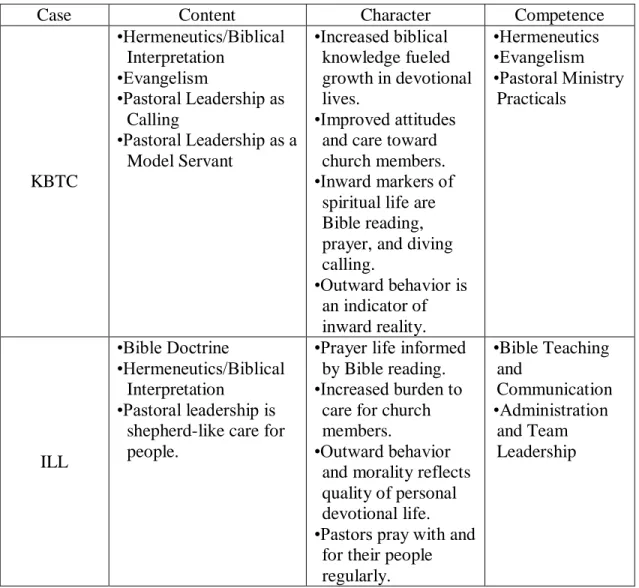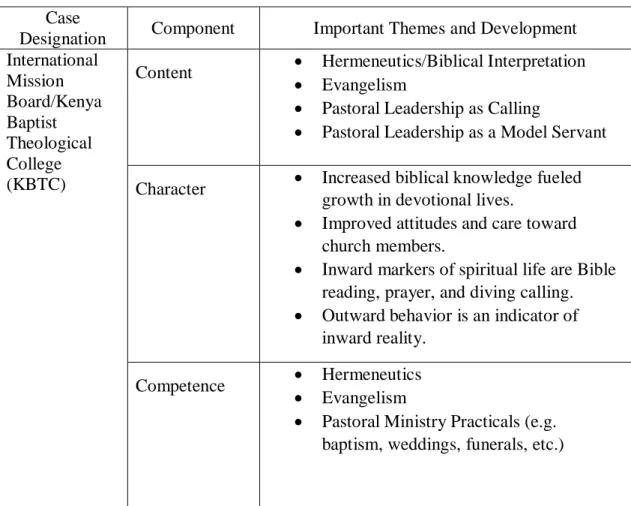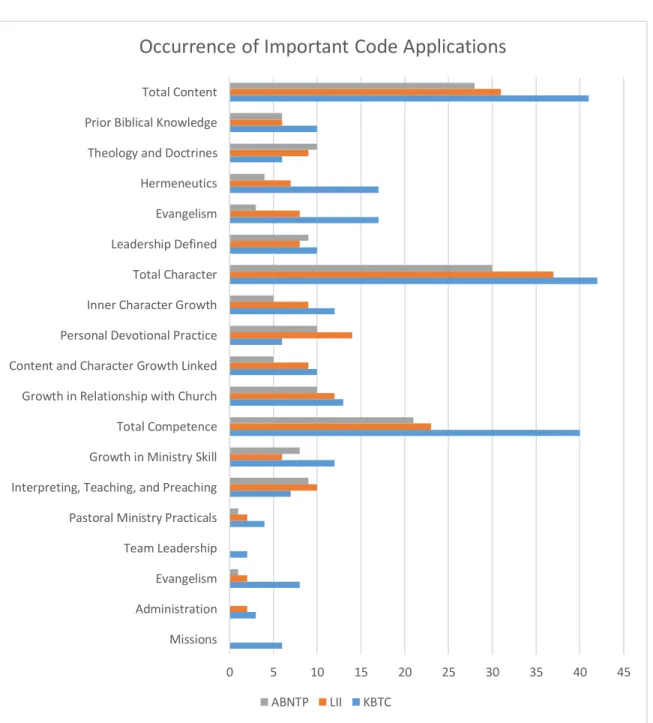My hope is that the outcome of this effort will be beneficial to the ongoing Great Commission work of the IMB. 10Bengt Sundkler and Christopher Steed, A History of the Church in Africa (Cambridge: . Cambridge University Press. The purpose of this multiple case study was to develop an in-depth description of the pastor-equipment methodologies of selected Western mission agencies in Kenya.
An initial review of the earliest efforts to equip Kenyan pastors introduces both the philosophies and practices of missionary agencies active in the region. This leads to an assessment of pastor-equipment methodologies developed in Kenya in the latter part of the twentieth century, including institutional-based ones. This profile describes three critical components of the shepherd-leader's development: content, character and competence.
Institutional training has the advantages of being historically rooted in the development of the Kenyan church. This multi-case study was designed to examine the phenomenon of Western missionary agencies equipping Kenyan pastors in light of the biblical theological motif of shepherd leadership. Peter then instructed the rest of the church's elders to shepherd their flocks in the same way (1 Pet 5:2-3).
Data collected through direct observation were coded for analysis in the next phase of the research project. Rather, the purpose of the data analysis and results reported in the remainder of this chapter is to. The basic format of the curriculum is comparable to many established educational institutions in both the West and in Kenya.
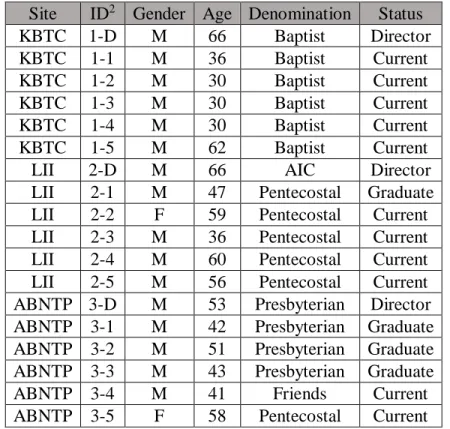
Leadership International, Inc
LII's pastoral training approach is a non-formal program that offers a non-accredited certificate for completion of the entire curriculum. First, the teaching content and delivery consistently affirmed the truth and authority of Scripture for pastors and churches. One student wondered how he could allow flexibility in the type of schedule the instructor described and expressed a desire to be available to follow the leading of the Holy Spirit on a daily basis.
One of the things we have recognized is that because of the diversity of religious backgrounds that we have in Kenya, there are many indigenous churches emerging. But they do not have any basic knowledge of God's Word; it must be as you know. All of the students specifically identified that the Bible study course was important to them, often listing several individual doctrines that made the most impact on them.
Four of the five students directly cited hermeneutics as a very influential course in developing their understanding of the Bible. According to the Program Summary Manual, “Course 6 may be the most important course in the BTCP. One of the things I've noticed over and over again with many of our students who come into our program is that they come.
All five students interviewed specifically mentioned the pastor's commitment to private prayer times, and four out of five stated that the Bible, reading, and regular study are the main expectations. Another student explained that he had learned that a key way to care for people in his church is to “really pray for church members by name” (2-1). These direct application questions are a good representation of the sense of need for increased competence expressed by LII students.
Finally, students were asked in what ways their training had better equipped them to meet the specific needs of the churches they serve. And at the end of the sermon you will not get, something in content, something good or something that will base me on the Word of God" (2-3). The three pastor profile categories highlighted several distinctive characteristics of students trained in the LII program.
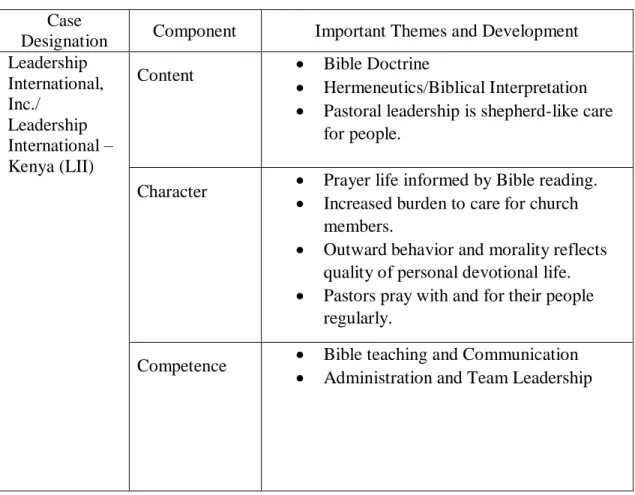
SERGE
One common activity is to have all the students stand immediately after the instructor finishes the story. The content and focus of those questions are introduced and analyzed under the "Content" section of the shepherd-leader profile in this case study. This first component of the shepherd-leader profile for ABNTP refers specifically to the theological curriculum and teaching related to this particular pastor's equipping program.
In addition to highlighting important biblical and theological concepts, students were asked to summarize their understanding of biblical teachings on pastoral ministry. In the book of First Peter, the Bible says: tend the sheep, tend the flock" (3-2). This section of the profile begins with a description of the students' personal devotional life prior to starting this program.
Competence is the third and final component of the biblical shepherd profile in this case study. The purpose of this study is to contribute to a deeper understanding of the development of shepherd leaders in the Kenyan church. The purpose of this multiple case study is to develop an in-depth description of the pastoral equipping methods of selected Western mission agencies in Kenya.
Although the greater focus of this study has been on the first two components of the shepherd-leader profile, it is necessary and necessary to explore the students' development in ministry competencies. First, as established in the model profile in chapter 2, the Bible itself provides specific descriptions of the practical functions of faithful shepherding. That is, students repeatedly asserted that character is the most indispensable of the three components included in the shepherd-leadership profiles.
Each of the cases included in this study featured a different form of cooperation between Kenyan and Western entities. First, the conclusions in the case-overarching synthesis above show that students consistently cited biblical and theological content as the most influential aspect of the training they received. Second, each of the cases included in this study featured a teaching or curriculum approach influenced by both Kenyan and Western leaders.
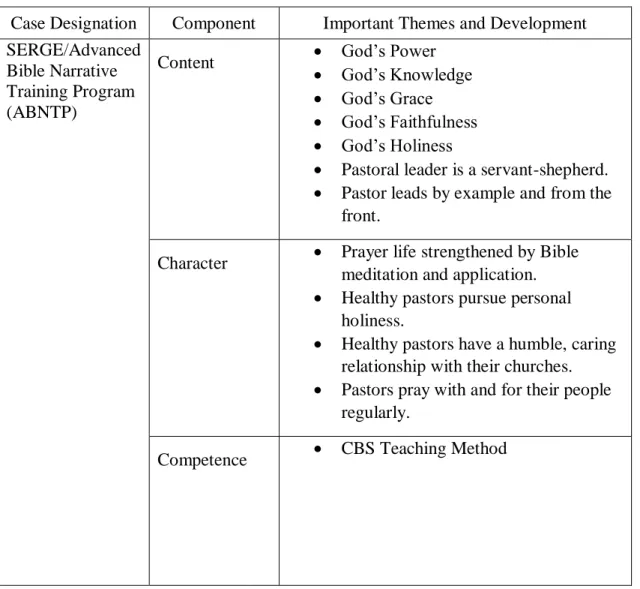
Data Collection
Unstructured observation of regular equipping activities at the research site
One-hour interview of key institutional leadership using semi-structured outline
Data Analysis
Reporting
The study further attempts to describe the development of Kenyan pastors involved in these equipping programs in terms of the biblical theological portrayal of the shepherd-leader. Shepherd leadership" is a broad term that refers to Scripture's use of the shepherd metaphor to develop a comprehensive portrayal of faithful, godly leadership, especially in the local church context. The image of the shepherd is a primary metaphor for any reflection on character in biblical leadership" (Laniak, 2001).
The main purpose of the interview is to identify your understanding of pastoral leadership in the Kenyan context based on your perception, biblical convictions and curriculum design of your institution's methodology. Shepherd's leadership” is a broad term that refers to the use of the metaphor of the shepherd in Scripture to develop a complete portrait of faithful and godly leadership. The image of the shepherd is a key metaphor for any reflection on character in biblical leadership."
How would you describe your typical student's knowledge of practical service skills when they enter your program. How does your program's practical ministry training reflect the unique needs of the Kenyan church? The main purpose of the interview is to identify your understanding of pastoral leadership in the Kenyan context based on your biblical and doctrinal beliefs (content), your personal spiritual development and relational practices (character) and your practical skills and focus on pastoral ministry. (competence).
What courses or experiences in this program have most influenced your understanding of the Bible and theology. What are some of the key doctrines or theological truths you have studied in this program. How would you summarize the Bible's teaching on pastoral leadership, especially in terms of the pastor's character and responsibilities.
Which of the three components of the shepherd-leader profile do you believe the Bible emphasizes the most. Photo 8 – Another LII cohort meets in the back of the sanctuary of a local Pentecostal church in Nakuru, Kenya. Theological educational institutions in Kenya and the future of the church." Journal of Adult Theological Education 10, no.
